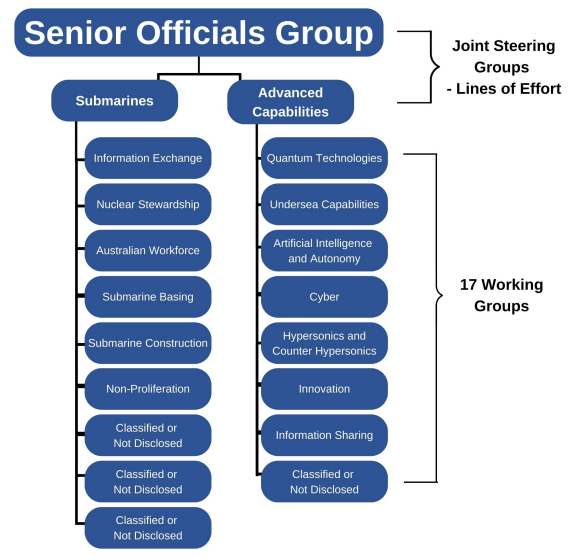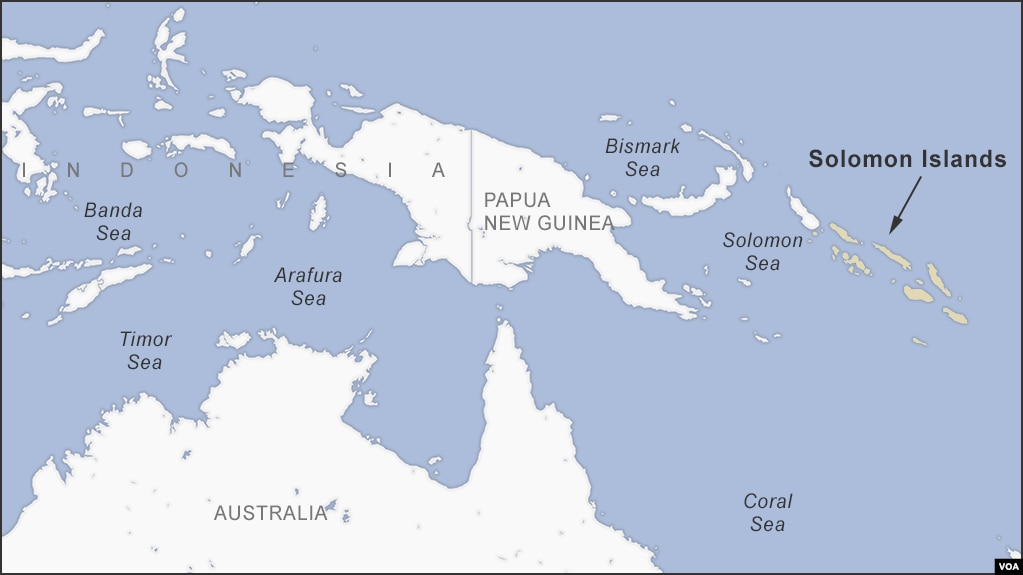Inspired by Ghalib Kabir’s February 24, 2024 comments: and Ghalib spotted this excellent CNN article https://edition.cnn.com/2023/06/15/asia/india-navy-dual-aircraft-carrier-operations-intl-hnk-ml/index.html
In June 2023 India demonstrated its naval strength with a dual aircraft carrier, INS Vikramaditya and INS Vikrant "II", battle group exercise in the Arabian Sea off India’s west coast. This was with 35 aircraft as well as Indian surface escorts protected by Indian submarines.
These two Indian carriers are used regularly in exercises. India is strengthening its carrier airwings and navy generally with the purchase of 24 multi-mission (including anti-submarine) MH-60R Seahawks.
Ghalib Kabir added offline on February 26: One of the reasons India is conducting two carrier ops along with SSK and future SSN use is that China is sending multiple oceanographic and SIGINT ships (and here) besides SSKs, SSNs and other surface ships near India.
China won’t back down and are clear that they will poke their finger onto Indian wounds every chance they get…
India's two carriers were operating together in late February 2024 at the MILAN 2024 multilateral naval exercise (and see) hosted by India. This exercise is held by India every 2 years in India’s Fleet Base East (Vizag) right through to India’s Andaman and Nicobar islands in the Bay of Bengal.
China has had
no dual carrier exercises and virtually no operational carrier experience. In contrast India has decades of carrier experience. The Indian Navy operated INS Vikrant "I" from 1961 and INS Viraat from 1987.
Also there are doubts whether the UK RN has sufficient escorts to operate the UK’s two Queen Elizabeth-class carriers simultaneously - photo opportunities excepted!
Like Russia’s and China’s current carriers India uses STOBAR (short (ski-jump) take-off - arrested recovery) technology.
India's Carrier Fixed Airwing Problems
"But even with the advancements demonstrated by the dual-carrier operation, India’s carrier program still has question marks, said Childs from IISS.
“While an impressive-looking display, there may be some question over what this really amounts to as yet in terms of actual operational capability,” he said, noting that images from the Indian operation showed relatively few fighter aircraft on the decks of the Vikramaditya and Vikrant.
“This may indicate limited aircraft availability, or that the
ships’ capacities are somewhat constrained at the moment. It would certainly
suggest that the Indian Navy could do with more carrier aircraft,” Childs said."
Pete Comment: Having relied on the Russian MiG-29 K for carrier operations ultimately India wants a locally developed naval fighter-attack aircraft. After testing the very slowly developed “Mirage III in a time warp” HAL Tejas for many years, the Indian Navy has found the Tejas overweight for carrier operations. Some in India’s HAL military-industrial complex have turned their ambitions to a future jet called the HAL TEDBF which is promised to be more than a Tejas with two jet engines rather than one. The TEDBF's first flight is expected in 2026.
Hence India is buying 26 marine Rafale Ms from France as an interim carrier fighter.
Ghalib Kabir further comments that India’s carrier ops and navy generally will be strengthened with a further lease (perhaps from 2025) of a renovated Russian Akula-class SSN, informally called Chakra "III"
Pete Comment
Indian and Chinese carriers might have difficulty operating in a high intensity naval war in the Indian Ocean Region (IOR). Their own SSKs (as well as Pakistan's) and SSNs could fire sufficient torpedoes and anti-ship missiles to make carrier ops brutal and short. Nuclear weapons, owned by all three countries, would extinguish carrier ops even more quickly.
The main value of carriers in the Indian Ocean may be: power projection over island groups; over less defended ports of weaker countries on the IOR rim; to complicate the low-medium intensity naval strategy and operations of opponents; and for prestige.
Also see my March 3, 2015 article Latest on India's Aircraft Carrier Projects

